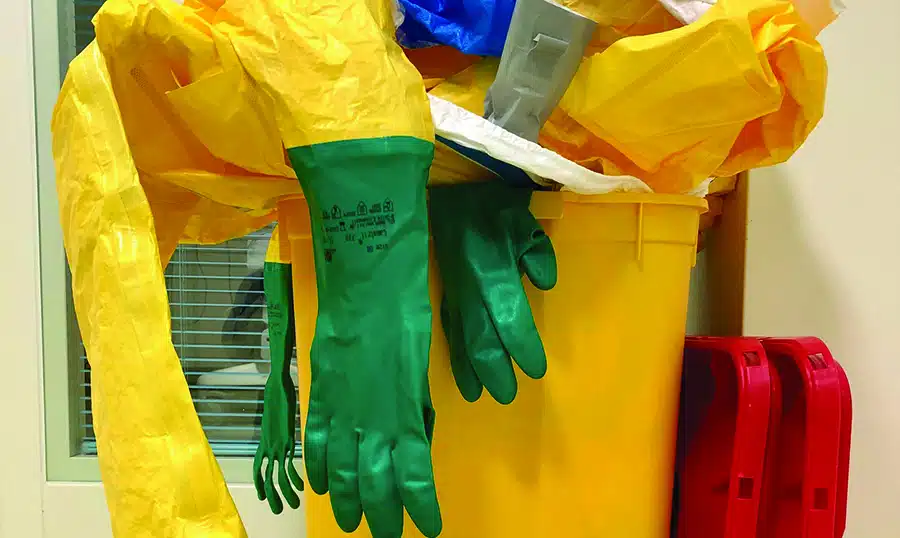Posts by Zach Paule
Medical and Biohazardous Waste: Compliance Definition and Why It Matters
Every day, medical facilities worldwide generate a vast amount of hazardous waste. This waste must be disposed of safely and responsibly, and that’s where compliance comes into play. Compliance is a set of regulations designed to ensure the safe disposal of medical waste and biohazards to protect the public and the environment. The medical waste and biohazard…
Read MoreWhat Is A Biohazard?
Biohazardous waste, also known as infectious waste (such as blood, body fluids, and human cell lines), is defined as a type of waste contaminated with potentially infectious agents or other materials that are deemed as a threat to public health or the environment. This article will explain everything you need to know about biohazards, including…
Read MoreHow to Dispose of Medical Waste
Medical waste must first go through a sterilization process before being disposed of. This applies to waste that cannot be recycled, like gauze or needles, that must be made sanitary and non-hazardous. The process of disposing of medical waste is typically done by using an autoclave, which uses steam to sterilize equipment and other objects.…
Read More

